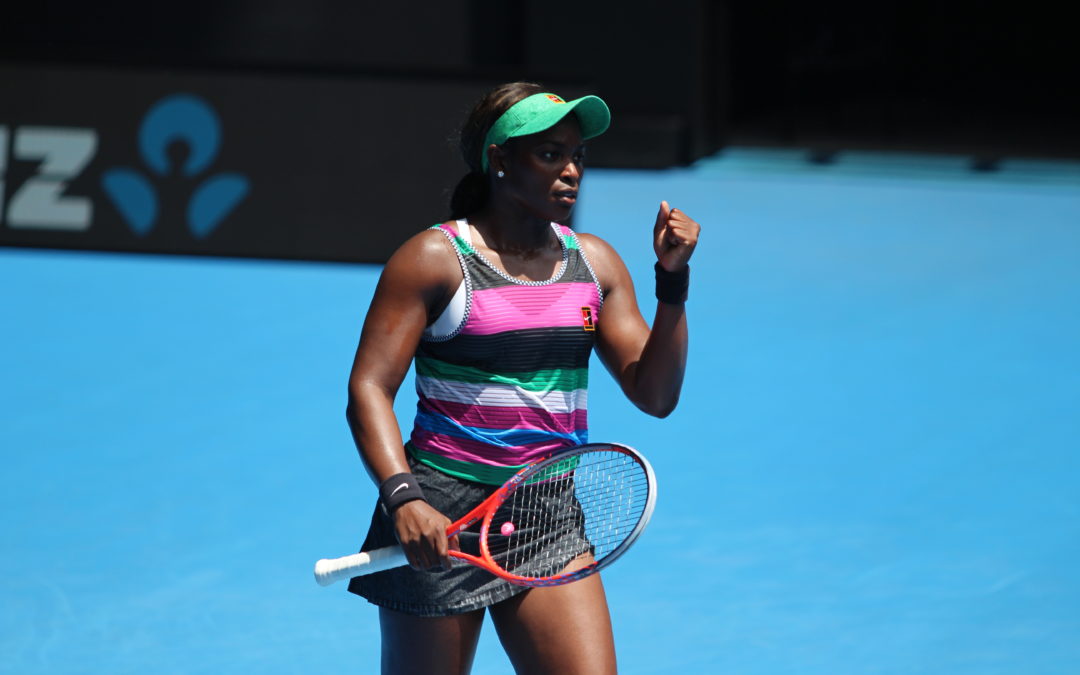In divine scriptures it is revealed ‘power is made perfect in weakness’ and ‘for when I am weak, then I am strong.’1 Apostle Saint Paul’s motto may be adapted to the sports context, for it is fear of ‘weakness’ that may deprive an athlete from reaching his/her full potential.
For many sport performers, fear of exposing ‘weaknesses’ in their gameplay and technique, while making errors, leads to overcompensation in other aspects of the game, and often a mental block. Athletes are encouraged to embrace challenges, and not shield against ‘weaknesses’ or fear situations that expose the part of their skillset that needs more work. Rather by leaning into fear with courage and enabling some exposure, the ‘weakness’ can be developed. Recent research has evidenced that the brain has a store of memory errors. Individuals can improve on motor tasks by not only memorising how to perform the task, but by also experiencing errors. That is, the brain controls how much is learnt from these errors and when revisiting tasks, recognises previous errors when performing the task2.
With a “growth mindset”, we know too, that talent is not enough to elevate our skill. The pre- requisites for learning and improvement are to embrace challenge and failure, put in the effort and take risk. However, learning does not take place by simply having this mindset. One must deliberately engage in practice. Practice requires intentionally placing one’s attention on a task to be refined, and then repeating the task over and over until consistency is achieved.
Specifically, you may want to adopt the following rules4:
- Chunk it – See the whole stroke/task and then break it down and slow it down into sequences to practice and learn. Then link those sequences to practice completely. This leads to skill acquisition. In essence, neural circuits of the brain become interconnected during this process.
- Slowing it down – Slowing down allows for errors to be noticed and corrected. Precision is also enabled by strengthening those interconnected neural pathways. This strengthening enables signals to be fired more efficiently and will lead to more accuracy in speed.
- Practice it – This is the repetition phase. Repeating the skill over and over at the edge of comfort zone, where you are being challenged allows circuits to be built up and new skills acquired. Your aim is to become consistent, but not bored!
- Feel it – It isn’t always about what you see. Engaging other sensory input like what you feel is important too. This mindful noticing helps you to make subtle changes to correct errors and anticipate in the moment. Andy Murray in his training sessions would include working on his movement and strokes for some time before picking up a racquet and ball. This way his brain is already firing those signals and circuits to prepare and anticipate for when he does pick up his racquet.
This type of intentional quality practice approach leads to automaticity. Once a skill is learned it is committed to memory freeing up the pre-frontal cortex of the brain responsible for executing decisions and taking on other tasks
What can you do?
1. Find enjoyment in improvement and exert effort on the areas that need work.
2. Adopt a mindset that those who exploit your ‘weakness’ are helping you to strengthen, in the same way that constantly exerting force on a weak muscle, will soon lead to it becoming strong and explosive.
3. Get ‘comfortable with the uncomfortable.’ It won’t always feel comfortable exposing your ‘weakness’ or experiencing an error, but growth requires learning from errors.
4. Be involved in setting your goals with your coach. What do you feel needs work? What do you want to strengthen? If involved in the process of setting your goals, you will relate to them and foster intrinsic motivation5.
5. You don’t always need a coach or another person to teach you. Hit strokes against a wall and practice shots over and over placing attention and focus on the stroke you wish to improve. Make it deliberate so you can become consistent. Challenge yourself and be at the edge of your comfort zone so as to upskill and become consistent. It isn’t about going through the motions but finding quality in practice.
6. If you’re finding it difficult to learn a new technique, skill or stroke, try to feel what you are struggling with. Sometimes it is better to notice things for yourself before seeking feedback. Then engage in discursive feedback with your coach and come up with some solutions collaboratively to rectify the error. Perhaps this may mean going back to the beginning and breaking it down into chunks before piecing it together again.
And, next time you get out on that court think ‘In weakness, strength!’References:
- 2 Corinthians 12:9 World English Bible; 2 Corinthians 12:10 World English Bible.
- Herzfeld, D.J., Vaswani, P.A., Marko, M. & Shadmehr, R. (2014). A memory of errors in sensorimotor learning. Science. Retrieved
from http://www.sciencemag.org/content/early/2014/08/13/science.1253138 - Dweck, C.S. (2006). Mindset. How can you fulfil your potential. New York: Random House Publishing.
- Coyle, D. (2009). The talent code. Greatness isn’t born, it’s grown. New York: Random House Publishing.
- Deci, E.L. & Ryan, R.M. (1985). Intrinsic motivation and self determination in human behaviour. New York: Plenum Press.
Shameema Yousuf is Founder and Certified Mental Performance Consultant® of Empower2Perform
www.empower2perform.com

